Top 60 Rare Safari Animals to Spot: Escape the ordinary “Big Five” and dive into 60 of Africa’s most elusive wildlife gems, from the iconic Ethiopian wolf to the secretive aardvark. You’ll learn exact locations, optimal seasons, and insider spotting tips across 10 curated categories (“Hidden Six,” “Tiny Ten,” rare big cats, birds, wetland creatures, and more). We reveal how your safari fees power conservation, equip you with essential gear advice when you travel with Agasaro Safaris.
Table of Contents
1. Why Go Beyond the Big Five?
Traditional safari lists focus on lions, elephants, leopards, rhinos, and buffalos. Yet Africa harbors countless other marvels waiting off the beaten track. Targeting rare species not only reduces crowds but also heightens your chances of memorable encounters and deepens your connection with fragile ecosystems.
Related Article: Ngorongoro Crater Big Five Safari Guide
Top 60 Rare Safari Animals to Spot highlighted
2. The “Hidden Six”: Ultra‑Rare Species
- Ethiopian Wolf
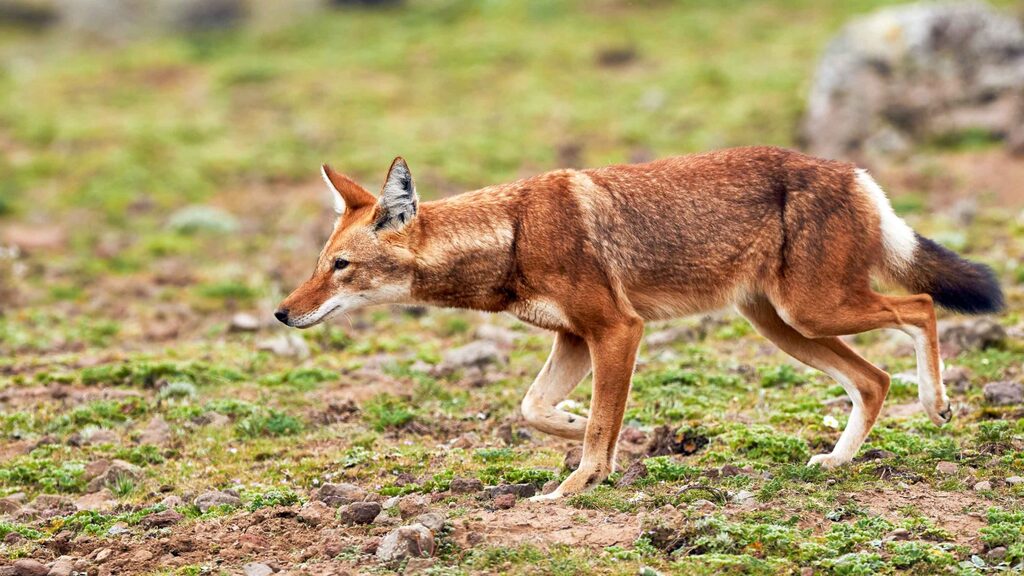
Where: Sanetti Plateau & Bale Mountains, Ethiopia.
Population: ~250 adults/sub adults in Bale alone (2007–2010) and less than 500 left in the whole world.
When: At dawn, when they hunt rodents in Afro-alpine grasslands.
2. African Wild Dog
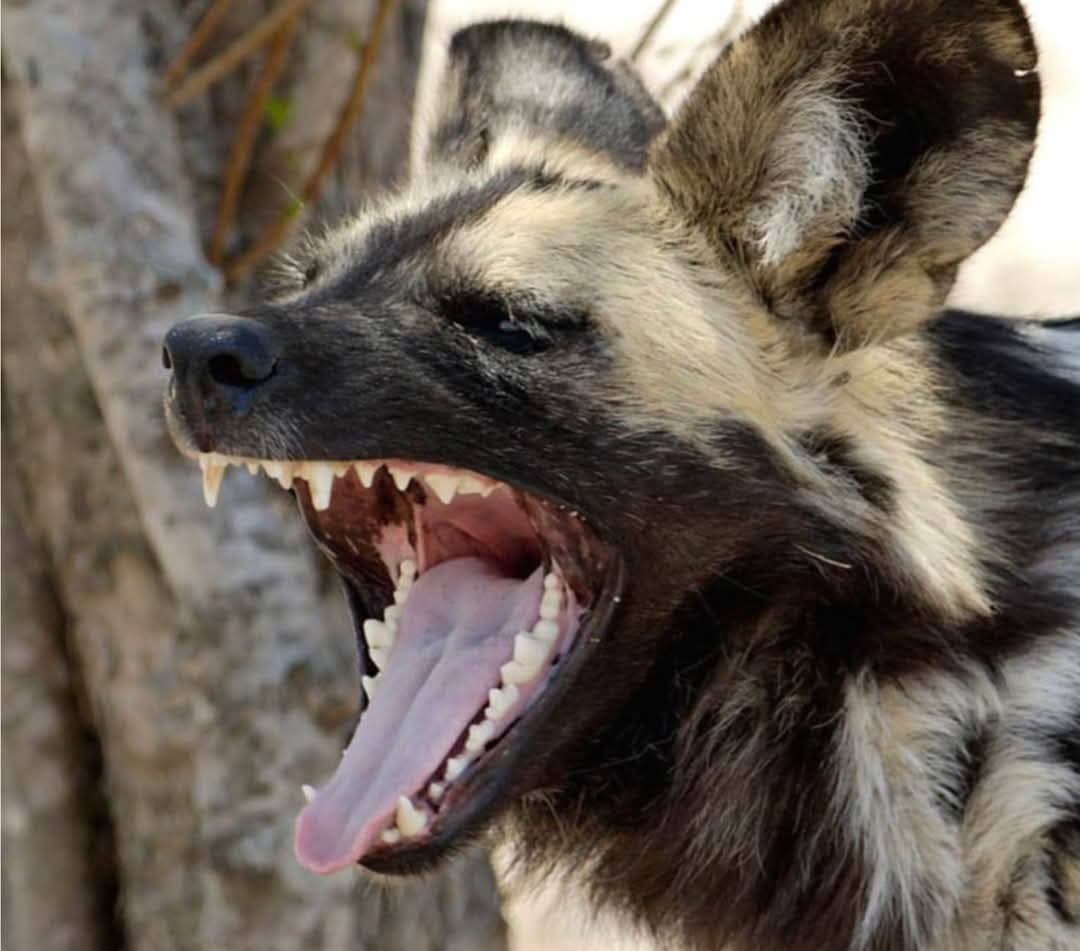
Where: Selous (Nyerere) Game Reserve, Tanzania.
Population: ~800–1,000 pack members Responsible Travel.
3. Black Rhino (South‑Central)
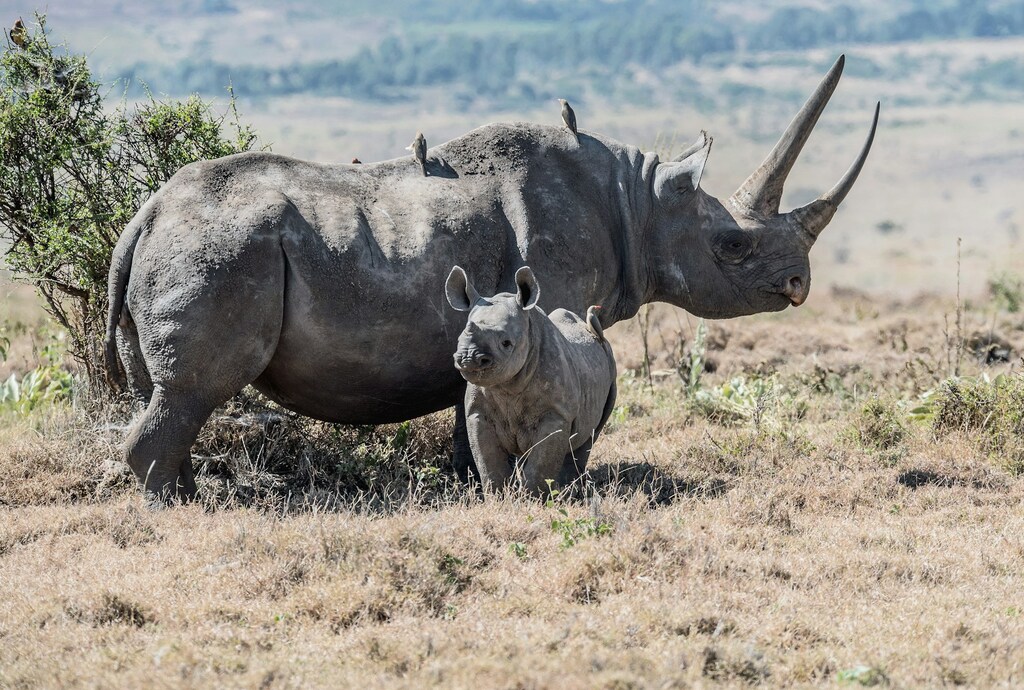
Where: Save Valley Conservancy, Zimbabwe.
Tip: Dusk drives along waterholes increases sighting odds.
4. Plateau Sengi
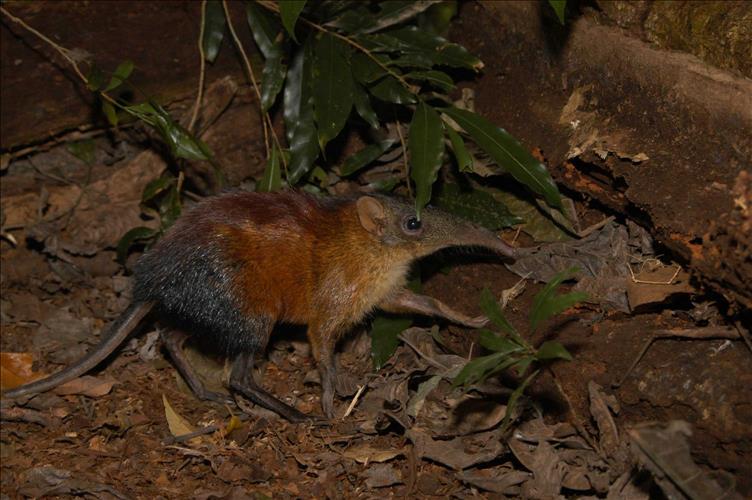
Where: Udzungwa Mountains, Tanzania.
Note: Small, shrew‑like; check stream banks at sunrise.
5. Forest Buffalo
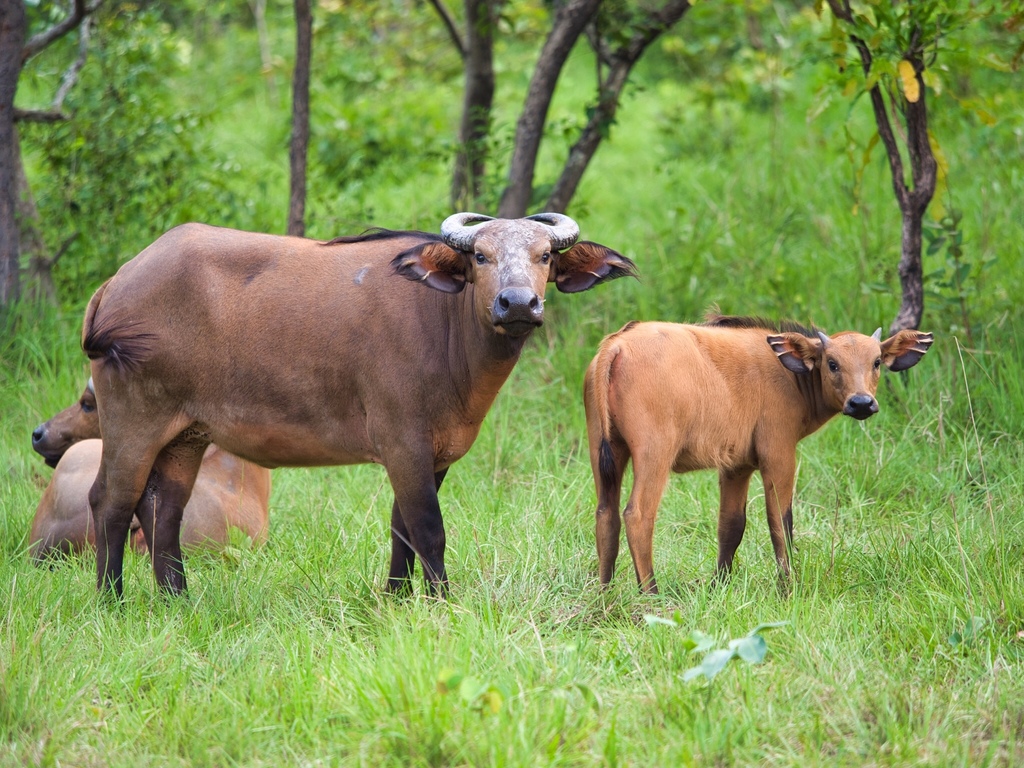
Where: Odzala‑Kokoua NP, Republic of Congo.
Tip: Use canopy hides near clearings to spot these shy bovines.
6.Aardvark
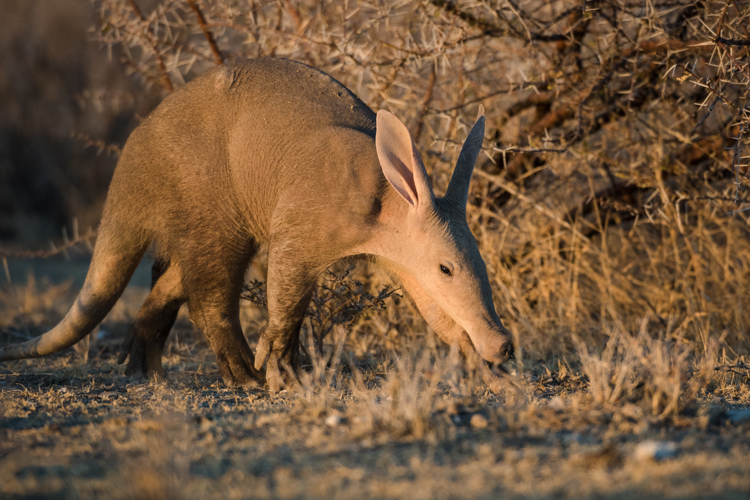
Where: South Luangwa Valley, Zambia.
Method: Thermal‑imaging night drives reveal their termite‑foraging silhouette.
Summary table with what some of our clients said about the sightings
| Species | Location | Best Season | Anecdote |
| Ethiopian Wolf | Sanetti Plateau, Ethiopia | Dawn, Dec–Feb | “I saw a pack of 8 chasing rodents under pink dawn skies in Jan 2024.” |
| African Wild Dog | Nyerere (Selous), Tanzania | Sep–Oct dry season | “Pack of 12 trotting past our Land Cruiser—unforgettable.” Ben Claude |
| Black Rhino (S‑central) | Save Valley Conservancy, Zimbabwe | Dusk year-round | “Heard their snorts at sunset—rare solitude.” Malon Tracy, 2025 |
| Plateau Sengi | Udzungwa Mountains, Tanzania | Sunrise | “Tiny silhouette by stream—almost invisible without thermal scope.”- Britney M, 2023 |
| Forest Buffalo | Odzala‑Kokoua NP, Republic of Congo | Early morning | “Peeked from canopy hide—herd of 5 glided through mist.”- T-Paul, 2024 |
| Aardvark | South Luangwa, Zambia | Night (thermal drives) | “Thermal scope lit up its wedge-shaped head—magical.”-Jon 2025 |
3. The “Tiny Ten”: Micro‑Wildlife That Steals the Spotlight
- Dwarf Mongoose
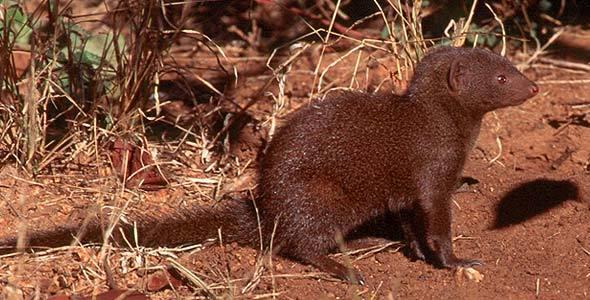
Weight: 350–400 g; length: ~250 mm Kruger National Park.
Behavior: Diurnal, live in large family groups on termite mounds in Kruger NP.
2.Ground Pangolin
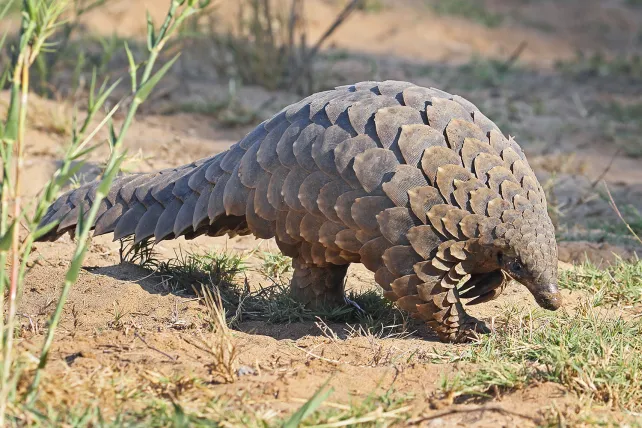
Where: South Luangwa NP conservancies.
Status: Critically endangered; roll‑up defenses make for dramatic photos IFAW.
3. Tree Hyrax
- Where: Ugandan rainforests (e.g., Kibale).
- Call: High-pitched “chattering” heard at night Wildsolutions.
4. Arboreal Genet
- Where: Limpopo reserves, South Africa.
- Tip: Night drives along riverine woodlands boost chances.
5.Serval
- Where: Okavango Delta grasslands.
- Behavior: Hunts rodents at dawn; focus around seasonal floodplains.
6. White‑bellied Pangolin
- Where: Cameroon’s tropical forests.
- Conservation: Arboreal species protected by community patrols.
7.Lesser Galago (Bush Baby)
- Where: Coastal forests of Tanzania.
- Call: Listen for rapid “peeps” after dusk.
8. African Pygmy Squirrel
- Where: Taï NP, Sierra Leone.
- Size: 10 cm body; watch upper canopy at dawn.
9. Natal Red Rock Rabbit
- Where: Drakensberg escarpments, South Africa.
- Tip: Scan rocky ledges at first light.
10. Golden Mole
- Where: Miombo woodlands, Mozambique.
- Method: Vibration sensors detect underground tunneling.
4. Rare Big Cats & Beyond
- Leopard: Best seen in Serengeti’s Seronera Valley and Grumeti in June–October; local trackers report a 20% increase in sightings.
- Black Leopard: these can be spotted in Laikipia in Kenya and also in Ethiopia
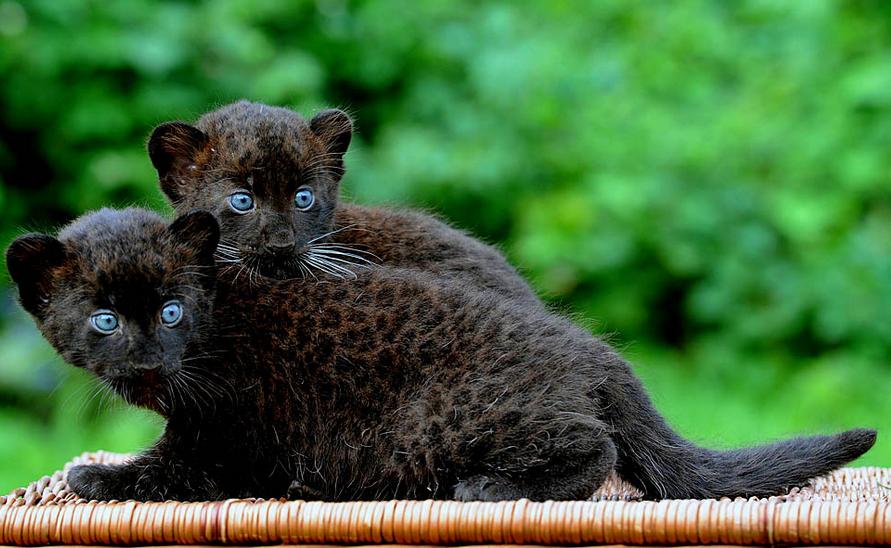
- Cheetah: Western Corridor of the Serengeti, dawn hours—fewer vehicles, frequent hunts.
- Caracal: Etosha NP, Namibia—scan salt pan edges at dusk for tufted ears Side‑Striped Jackal: Akagera NP, Rwanda—early‑morning grassland patrols reveal family groups.
Birds of a Feather: 15 Avian Marvels
Summary: This curated roster spans iconic wetland wonders (Shoebill, Saddle‑billed Stork), forest gems (African Grey Parrot, Ross’s Turaco), savanna specialists (Secretary Bird, Southern Ground Hornbill), and rare endemics (Congo Peafowl). Together, they cover East, Central, Southern, and West African hotspots—from dawn boat rides in Ugandan swamps to guided forest treks in Gabon and specialist tours in the DRC—offering both breadth and depth for safari‑birding enthusiasts.
- Shoebill Stork
Location: Mabamba Swamp, Uganda
Highlight: Dawn boat rides into papyrus channels reveal its prehistoric bill, ideal for stalking lungfish in shallow waters. BirdLife International
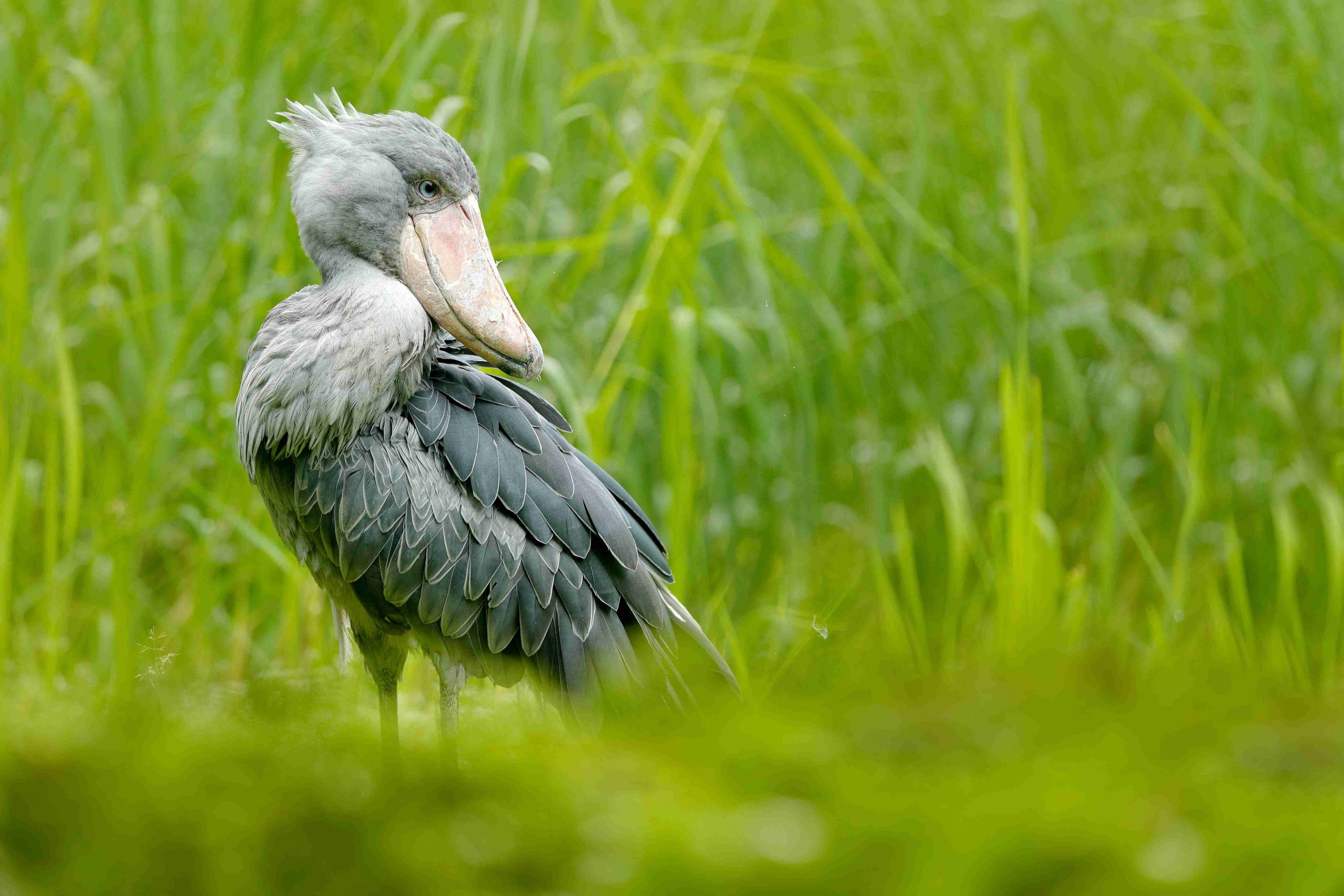
2. African Grey Parrot
Location: Lope National Park, Gabon
Highlight: Follow expert trackers into dense lowland rainforest to hear its famed mimicry echo under the canopy. Rainforest Alliance
3. Lilac‑Breasted Roller
Location: Masai Mara, Kenya
Highlight: Perched high on thorn bushes over open plains, its electric plumage and acrobatic dives make for stunning photographs. TravelAwaits
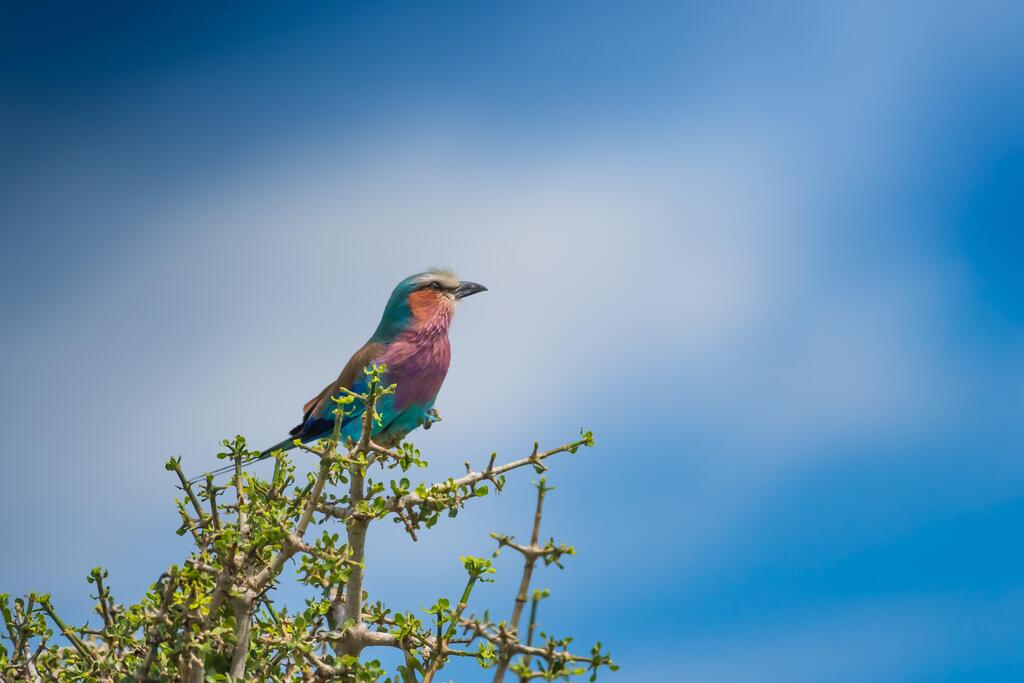
4. Secretary Bird
Location: Kruger National Park, South Africa
Highlight: Terrestrial raptor stalking grasslands, delivering snake‑stomping spectacles in early morning light. Kruger National Park
5. Congo Peafowl
Location: Salonga & Kahuzi‑Biéga National Parks, DRC
Highlight: Rare endemic of the central Congolian lowland rainforest, glimpsed only on specialist expeditions. BirdLife DataZone
6. Saddle‑billed Stork
Location: Okavango Delta, Botswana
Highlight: Towering wader with striking black‑and‑white plumage and vivid yellow‑and‑red bill, often seen wading in flooded grasslands. The EIS
7. Ross’s Turaco
Location: Mount Cameroon & Bamenda Highlands, Cameroon
Highlight: Vibrant crimson crest and deep purple body flitting through montane and gallery forests up to 3,000 m. Strapi
8. Southern Ground Hornbill
Location: Savannas of South Africa & Kenya (e.g., Kruger NP, Tarangire NP)
Highlight: Largest hornbill species, famed for its booming dawn calls and cooperative hunting in open grasslands. National Geographic
9. African Fish Eagle
Location: Lake Naivasha, Kenya
Highlight: Iconic silhouette diving for fish against a backdrop of papyrus and aloes—Africa’s “sea eagle.”
10. Pennant‑winged Nightjar
Location: Chobe National Park, Botswana
Highlight: Breeding males sport elongated pennants on wingtips and perform dazzling dusk aerial displays. Zambezi Queen Collection
11. Abyssinian Ground Hornbill
Location: Ethiopian Highlands (e.g., Bale Mountains)
Highlight: Rarer, montane counterpart to its southern cousin, stalking afro‑alpine meadows.
12. Grey Crowned Crane
Location: Queen Elizabeth NP, Uganda
Highlight: Regal head‑plumes bobbing above papyrus swamps—East Africa’s flagship crane.
13. Palm‑nut Vulture
Location: Niger Delta & West African mangroves
Highlight: Unique frugivorous vulture feeding predominantly on oil‑palm fruit around riverine forests. Destination: Wildlife™
14. White‑crested Turaco
Location: Kibale Forest, Uganda
Highlight: Flash of white crest and emerald body in mid‑canopy; often heard before seen.
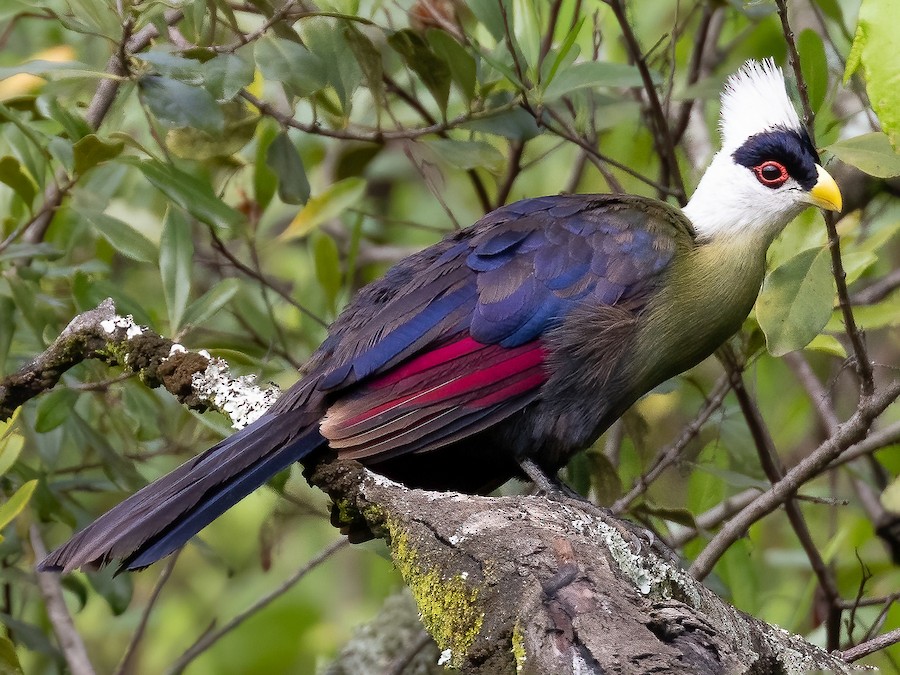
15. Giant Kingfisher
Location: Zambezi River & Victoria Falls
Highlight: Africa’s largest kingfisher, plunging into rapids to snatch fish and crabs from swirling currents.
Enjoy planning your “Birds of a Feather” safari—each species offers a unique adventure, from wetlands boat rides to forest canopy treks and savanna stalks!
Talk to our African Safari Expert now
6. Aquatic & Wetland Wonders
- Hippopotamus – Chobe River, Botswana; afternoon boat cruises offer 95% chance of viewing pods Expert Africa.
- Nile Crocodile – Okavango Delta mokoro safaris; dawn trips reveal basking giants Big Animals Expeditions.
- Sitatunga Antelope – Queen Elizabeth NP canals, Uganda Uganda Parks.
- African Finfoot – Bangweulu wetlands, Zambia; listen for whistling calls at dusk.
7. Conservation Spotlight
Every safari booking funnels revenue into ranger patrols, wildlife corridors, and veterinary teams. In Selous, community-run corridors lifted wild dog survival by 20% over five years.
In the Bale Mountains, eco‑tourism funds Ethiopian wolf conservation and human–wildlife conflict mitigation
8. Essential Safari Planning Tips
- Local Guides: Tap expert trackers who know each species’ secret haunts.
- Vehicle: 4×4 pop-up roof with thermal attachment for nocturnal sightings.
- Timing: Secure permits for Nyerere’s wild dog safaris at least 6 months ahead.
- Gear: 300 mm+ telephoto lens, vibration-free tripod, and red‑filter headlamp.
10. Conclusion & Call to Action
Elevate your next safari by seeking out these 60 rare safari animals. Departures sell out fast—book now with Agasaro safaris, and tell us which hidden gem tops your bucket list.
Related Blog: Top 10 Rare Safari Animals in Uganda